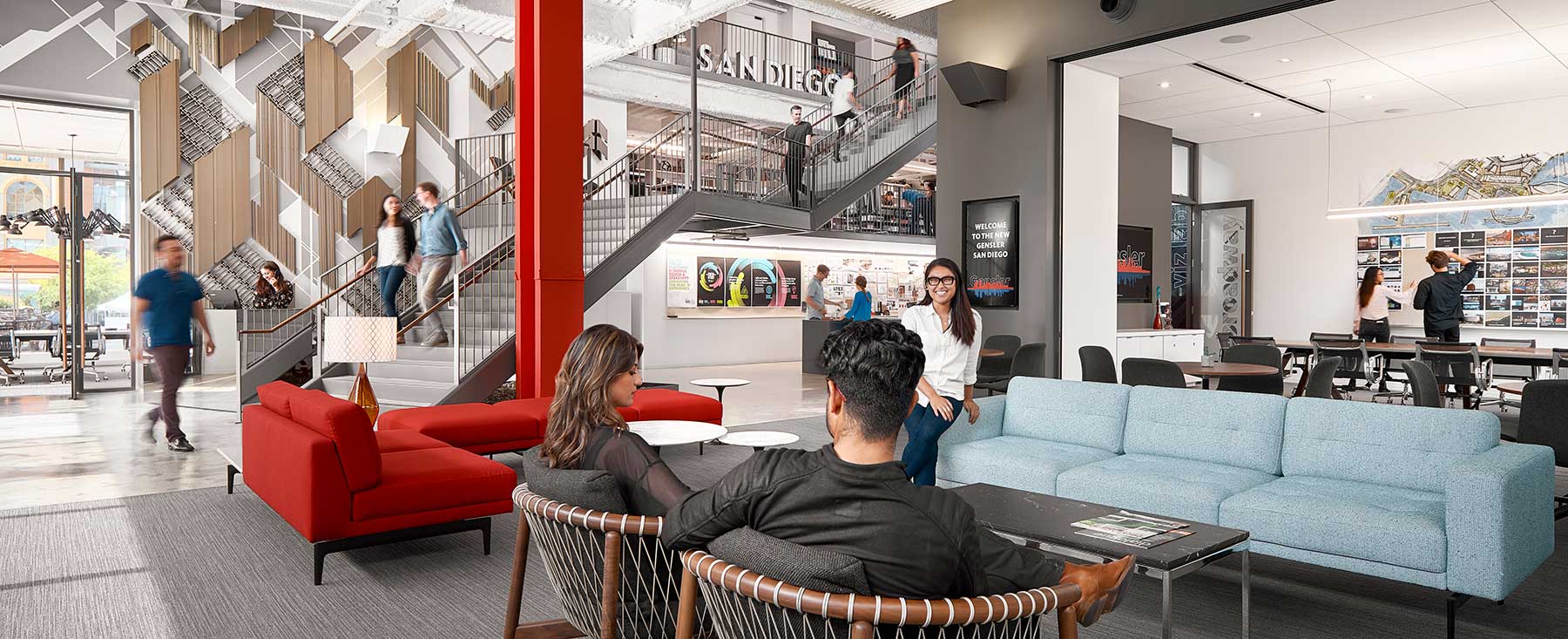We spoke to Mechanical Engineer Staci Atwater on how MEP engineers and architects can work together to create more equitable spaces for occupants. Staci is certified as a WELL Accredited Professional and Living Future Ambassador. She specializes in sustainable projects, such as net zero energy (NZE) buildings and projects pursuing LEED, WELL, or Living Building Challenge certifications; has presented at conferences for NZE design, occupant comfort, natural ventilation, and design for wellness; and leads interdisciplinary teams resulting in holistic building design.
###
Conversations around health and wellness in an office space are generally driven by improving building performance and occupant productivity. But the conversation about designing equitable spaces and their associated wellness outcomes isn’t one that is happening broadly, yet. What are the gaps between sustainability, wellness, and equity?
Equity refers to the philosophy of being fair and impartial for all people. So, when we look at building codes, they’re largely designed to ensure safe built environments, though many, particularly on the West Coast, are adding more rigid environmental components into them as well. Regarding the conditions within a space, including temperature, lighting, and so on, building codes cater to an average. But for each individual project we do, the occupant population is rarely in line with that average. So what good is it? In these conditions, designers end up making decisions for the daily occupants of a building without really consulting them. We’re just taking away an occupant’s choice without even letting them know they had one to begin with. That’s not equitable at all. We need to have that dialogue with the users we’re designing the building for so they can provide input into their space.
For more details on our MEP Engineering experience, visit our project portfolio at glumac.com
Does this account for all occupants of a building and not just specific rent-paying tenants?
Yes. I will admit that I have heard owners or people we might be collaborating with say things like, “Oh well, it’s just a maintenance office, who cares?” Although they are saying it in a joking way, the space ends up being designed without consideration for the occupants. There is a very casual mindset when it comes to the total population in our built environment. An office building, for example, isn’t just a space for people who work in an office. There are people in and out of that building all day, every day, including maintenance people, security, and the support staff for the building itself.
Continue reading at Tetra Tech.com.

